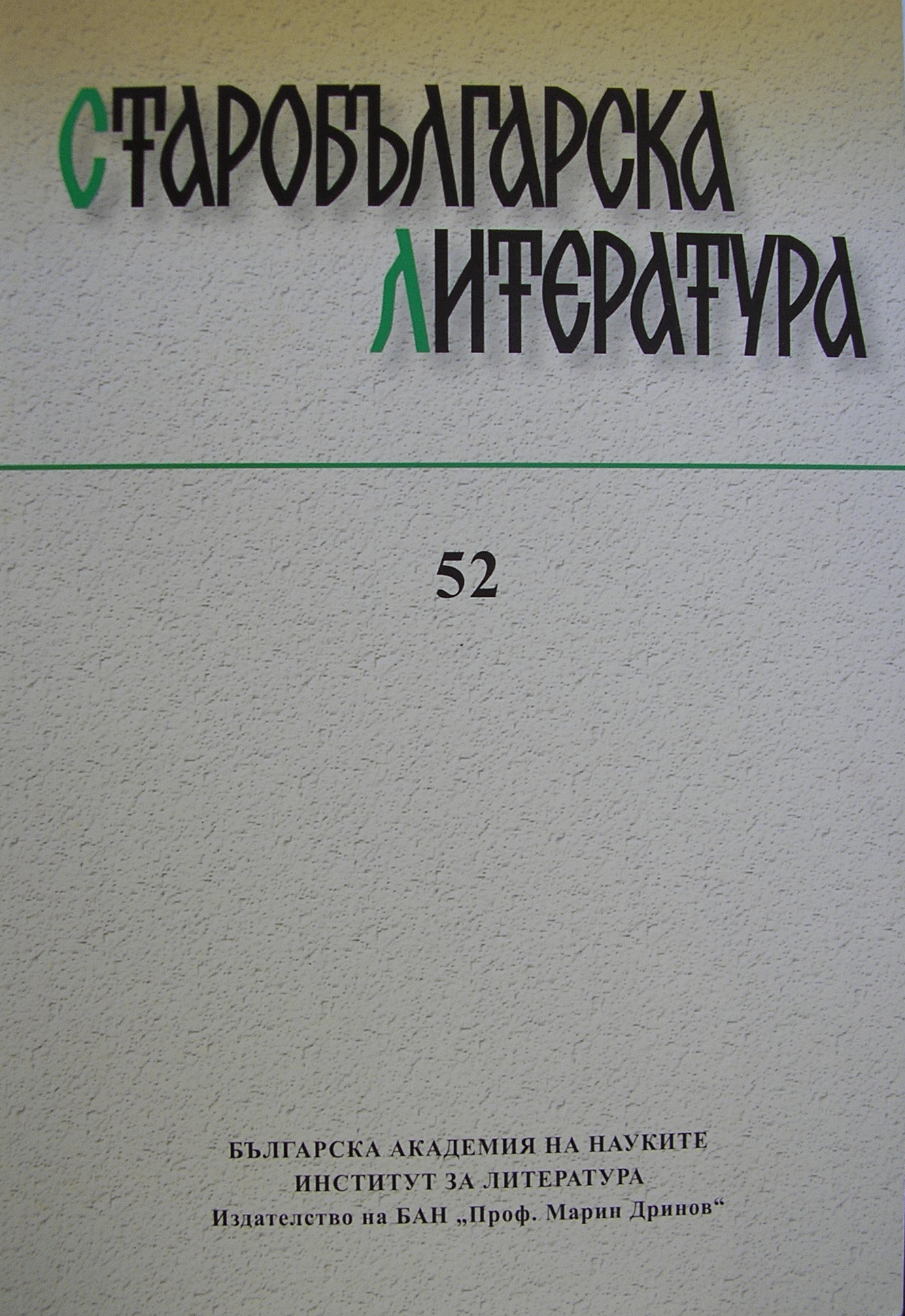
We kindly inform you that, as long as the subject affiliation of our 300.000+ articles is in progress, you might get unsufficient or no results on your third level or second level search. In this case, please broaden your search criteria.





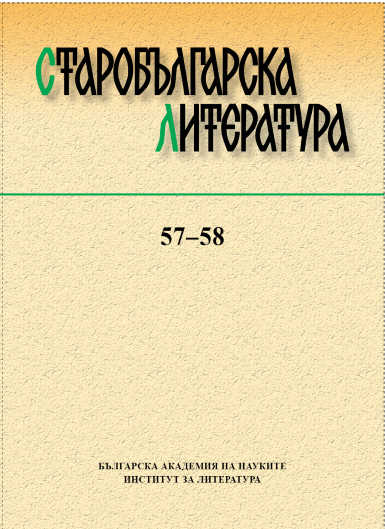
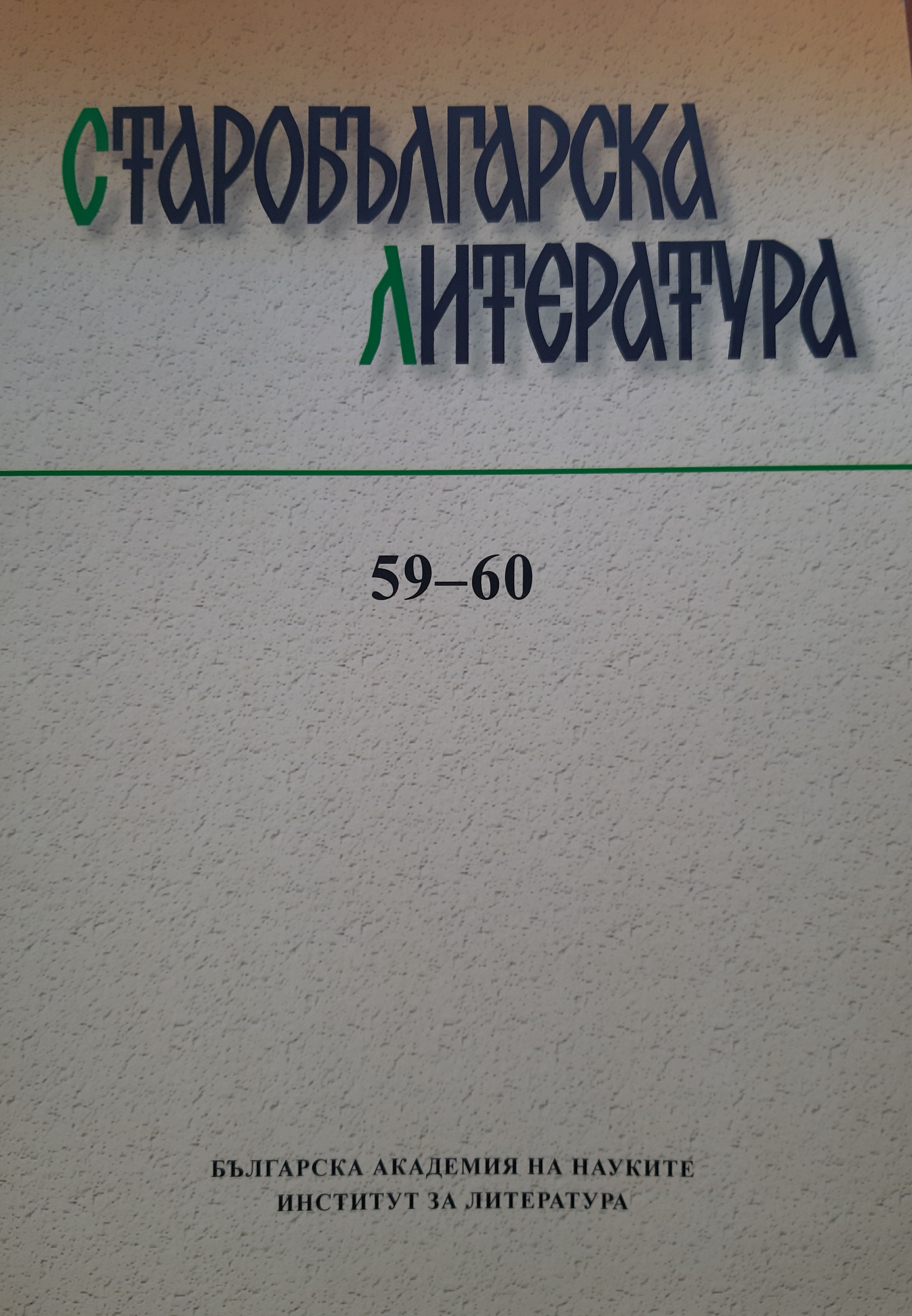
Slavonic compilations, recycling extant texts, must be considered texts in their own right even if they fulfil only half of the requirements imposed by text linguistics: their reception and transmission in no way differs from that of other texts. The two compilations named and eight others with similar content raise the question, whether their relationship is filial, i.e. shaped by accidents of transmission, or sibling, i.e. designed by different compilers. A review of the differences in content per chapter, complemented by reviews of five different types of editorial intervention and of the treatment of the more than 30 different source texts shows that nine of the ten compilations are, indeed, independent texts, while one is a version affiliated to an extant compilation. Slavonic compilations, recycling extant texts, must be considered texts in their own right even if they fulfil only half of the requirements imposed by text linguistics: their reception and transmission in no way differs from that of other texts. The two compilations named and eight others with similar content raise the question, whether their relationship is filial, i.e. shaped by accidents of transmission, or sibling, i.e. designed by different compilers. A review of the differences in content per chapter, complemented by reviews of five different types of editorial intervention and of the treatment of the more than 30 different source texts shows that nine of the ten compilations are, indeed, independent texts, while one is a version affiliated to an extant compilation.
More...




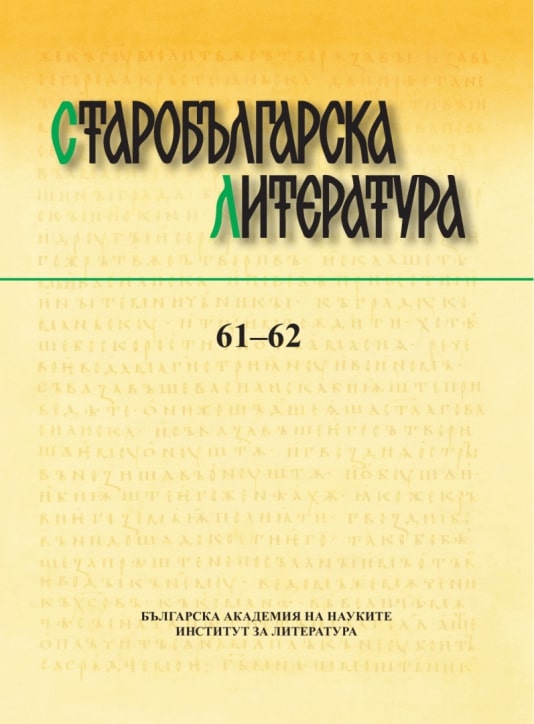
This article examines the earliest extant collection of ecclesiastical legislation (1360s-1380s) in Bulgaria, its significance for studying Byzantine Canon Law, and the history of its reception in the Second Bulgarian Kingdom. Ms. 1160 of the Bulgarian Church-Historical and Archival Institute (CHAI) already has a phototype edition, but neither its compilation program, clearly linked to Bulgarian monasticism, nor its provenance have been sufficiently studied. It is one of the five earliest exemplars of a Byzantine prototype, conventionally known in Slavic studies as Pseudo-Zonaras, which is similar but not identical to the provincial Byzantine Nomocanon of Cotelerius. The content of the manuscript is richer than the textual core of the Nomocanon, including texts unknown in any other available copy. These unique texts highlight its currency in the 14th century. Regulations for clergy, especially monks, predominate. The author offers an explanation why the note by the principal scribe of the manuscript, the monk-priest Simeon, is placed after a text about the role of asceticism. She examines a block of sixteen rules from the Council in Trullo in its role as a textual “convoy,” concluding that its translation does not correspond to the translation of the same rules in the Slavonic Kormchaia books, although it follows the general translation principles of the Nomocanon corpus. The article also proposes that the inclusion of this textual block in the codex is not accidental, and maintains that it is methodically justified to study the earliest copies of Pseudo-Zonaras in order to determine the historical context that gave rise to this particular translation, so that we can establish in what degree it reflects the prototype and in what it constitutes a compilation. CHAI 1160 is a Slavonic translation of a Byzantine Canon Law codex from the first quarter of the fourteenth century in Palaiologos Byzantium, when canonical and secular law texts were newly bound together to restore the Byzantine legal tradition after years of Latin domination.
More...

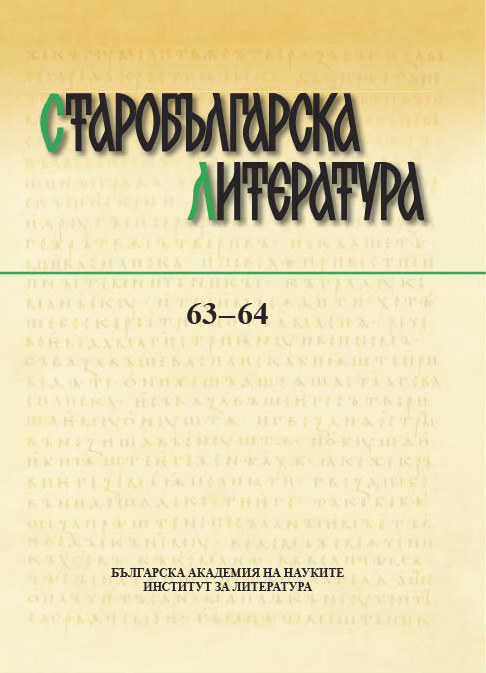
This article examines several unique examples in the Byzantine and Old Bulgarian hagiographical literature of the fourteenth–fifteenth centuries, which reflect the spiritual state of the Hesychast offering the so-called Jesus Prayer or Prayer of the Heart, a new form of the “inner prayer” (νοερὰ προσευχή), originating from the early Christian hermitic practices, which found theological justification in the writings of Evagrius of Pontus (ca. 345–399/400). The reason for searching for its literary reflection is the famous passage from the Encomium in praise of Patriarch Euthymius of Turnovo by Gregory Tsamblak. It describes how Euthymius as a disciple of Theodosius of Turnovo saw his mentor in an unusual and even frightening condition: standing in his full stature, with his hands raised up and his eyes radiating such a strong light, as if it were a flame. This image in Tsamblak is unique in the Old Bulgarian literature of the period and has its parallel only in the Vitaе of the Athonite Hesychast, Maximos of Kapsokalyvia (ca. 1270/1280–ca. 1365/75), three of which were written by his followers and disciples, St Niphon of Kapsokalyvia (1315–1411), Theophanes, Metropolitan of Peritheorio, and Hieromonk Ioannikios Kochylas, and the most recent one by the Byzantine scholar Macarius Macres (1382/1383–7 Jan. 1431). Due to the differences in the specific details and circumstances in their descriptions, it was established that they were not the original source of Tsamblak. Influenced by the second of the three Triads (In Defense of the Holy Hesychasts) by Gregory Palamas, he chose as a model a very similar story about the hermit Arsenius from the alphabetical collection Apophthegmata Patrum (PG 65: 94 C). The fear and astonishment of those who see the flames of the praying recluses, and the fact that the ascetics themselves somehow deny what is seen, can be explained not only by the extremely metaphysical nature of what is happening and ascetic modesty, but also by the notion of an evil spirit sent from the devil, or by the influence of heretical ideas and practices. Especially in the Vitae of the fourteenth–fifteenth centuries the hermit's apparent indifference and even the ban on sharing what was seen was probably dictated by the writers' desire to prevent a reaction of disbelief, as well as the accusation of non-Orthodoxy, as Hesychasts were known to be accused by their opponents as Bogomils and Massalians because of similarities in their ascetic practices with these heretical movements.
More...
The composition of miscellanies intended for individual reading, gradually supplemented with additional texts over time, was not a novelty for the Southern Slavs in the Late Middle Ages, but the extant evidence is few in number. This study deals with the sixteenth-century manuscript No. 88 from the collection of Obolensky, the Russian State Archive of Ancient Acts (RGADA), Moscow, which contains a series of unique texts preserving the repertoire of Bulgarian and Serbian literatures of that time. The manuscript contains both original works by Konstantin Kostenetski and Dimiter Kantakuzin and extracts and compilations translated from Byzantine Greek. The manuscript abounds invaluable examples of the writers’ efforts to develop the hesychastic literature, showing continued interest in it as spiritual reading exercises. The content shows the connection between the literary centres on the Balkans and, above all, with the monasteries on Mt Athos. The work of Palaeoslavists on the texts will be published shortly.
More...

